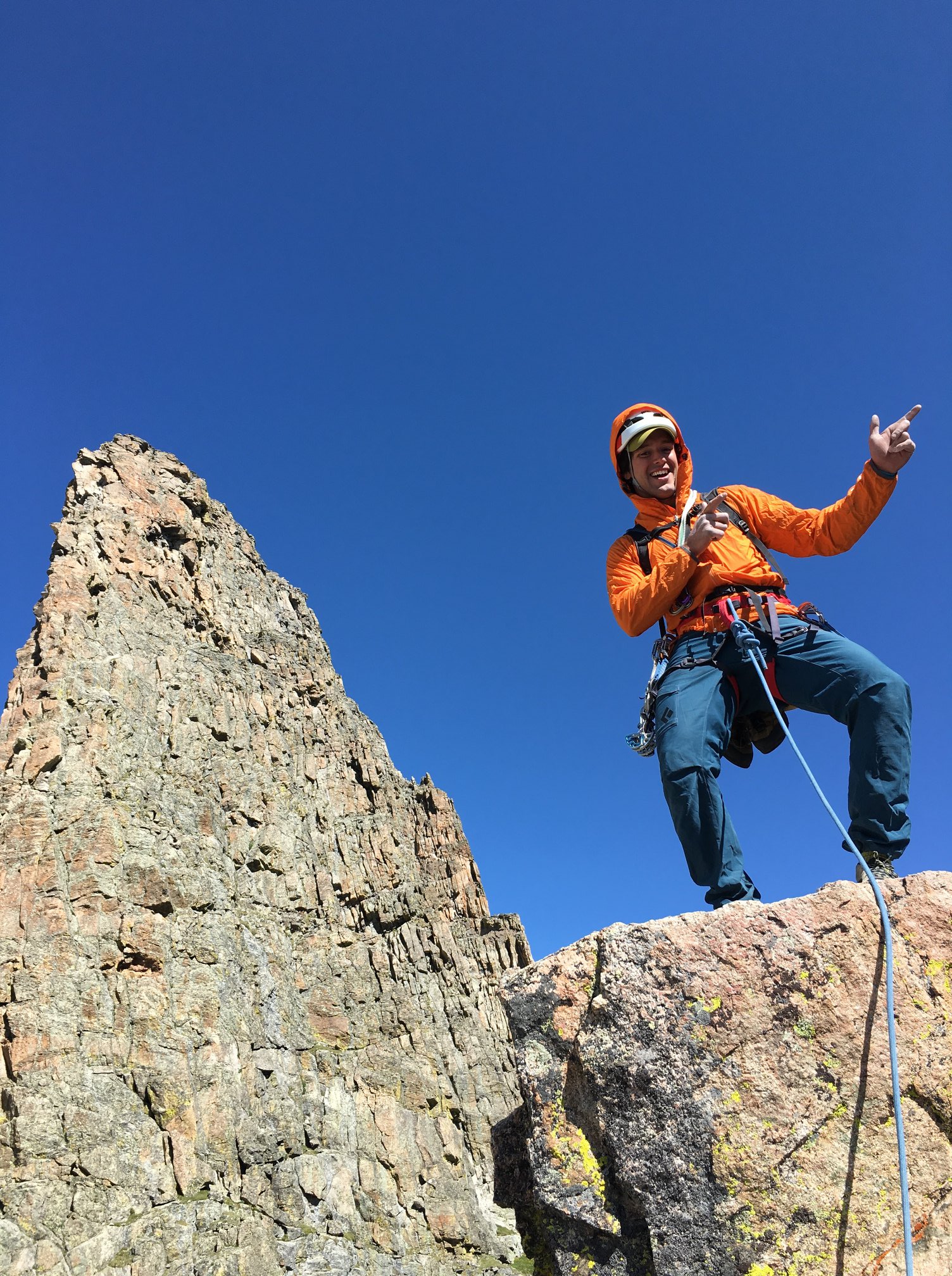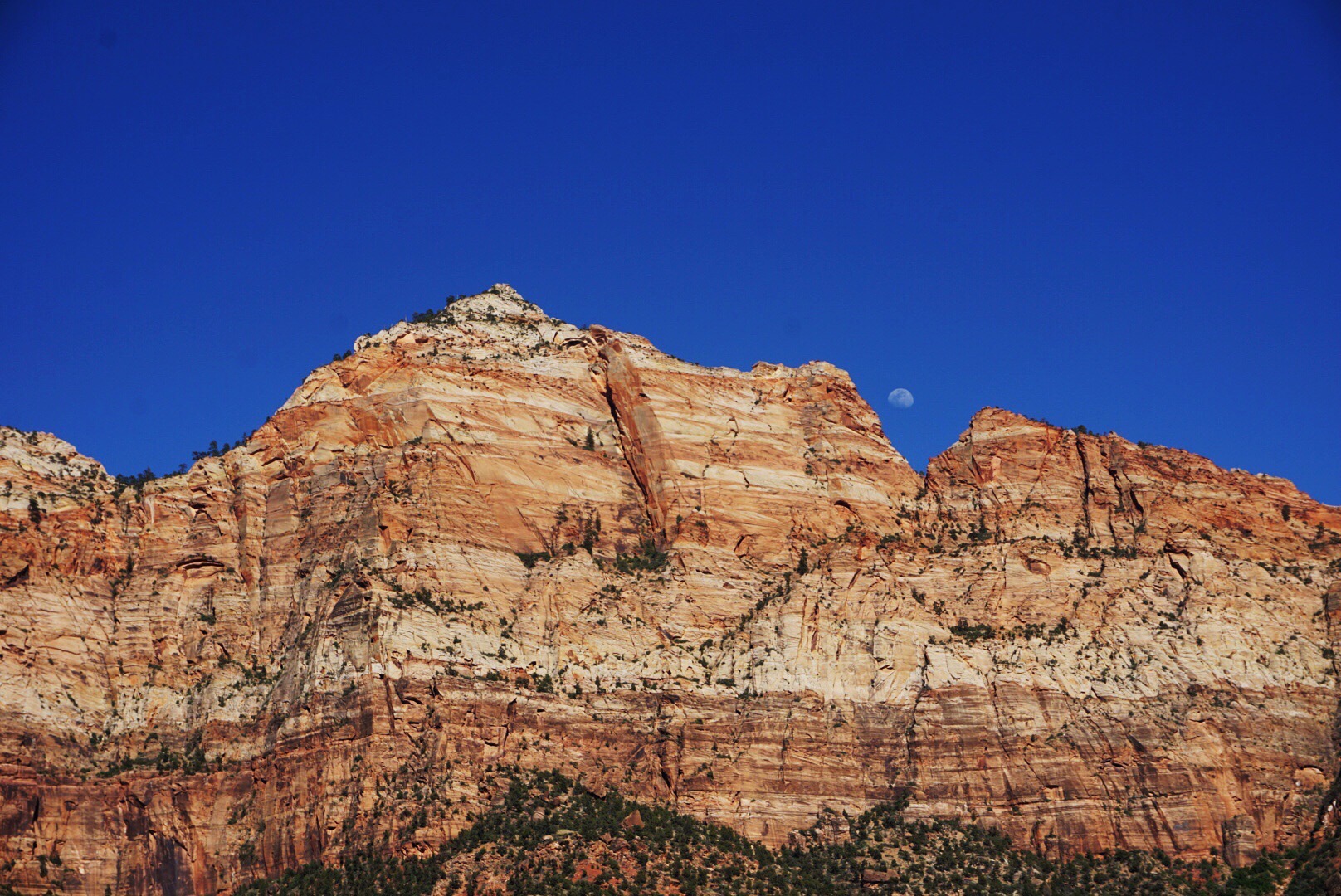Celebratory dance on the Petit Grepon, Rocky Mountain National Park, CO. Photo Credit: Mickey Hardt.
The American Alpine Club is psyched to share that the Natural Resource Management Act (S.47) just passed the House in a landslide vote of 363 to 62! The historic lands package passed the Senate on February 12 by a margin of 92 to 8 and is now headed to the Presidents desk where it can be signed into law. This major victory for the climbing and outdoor recreation community includes legislation like the permanent reauthorization of the Land and Water Conservation Fund, an important conservation funding mechanism that supports climbing areas accross the country. The bipartisan package also includes important lands bills such as:
The Emery County Public Lands Management Act
Methow Valley Mineral Withdrawal
Emigrant Crevice Withdrawal – Yellowstone Gateway Protection Act
Mountains to Sound Greenway National Heritage Area Act
Oregon Wildlands Act
Organ Mountains-Desert Peaks Conservation
The California Desert Protection and Recreation Act
Every Kid Outdoors
21st Century Service Corps Act
This is a major win for the outdoor recreation community, which has invested significant time and energy into advocating the package’s support with lawmakers. The American Alpine Club is proud to have played a supporting role in getting the bill through Congress. None of this would have been possible without your support! Hundreds of you took the time to let your Representatives and Senators know that this package of bills is important, and your voice was heard.
We’ll share more in the coming weeks as the package makes its way over to the final stop, the President’s desk. In the meantime, it would mean a lot if you let your lawmakers know you’re psyched about the decisions they made and shared a little stoke for their effort. We’ve made it easy for you to share a thank you and encourage Congress to keep supporting public lands in future efforts. Please take a minute to thank Congress for their support of the Natural Resource Management Act!




